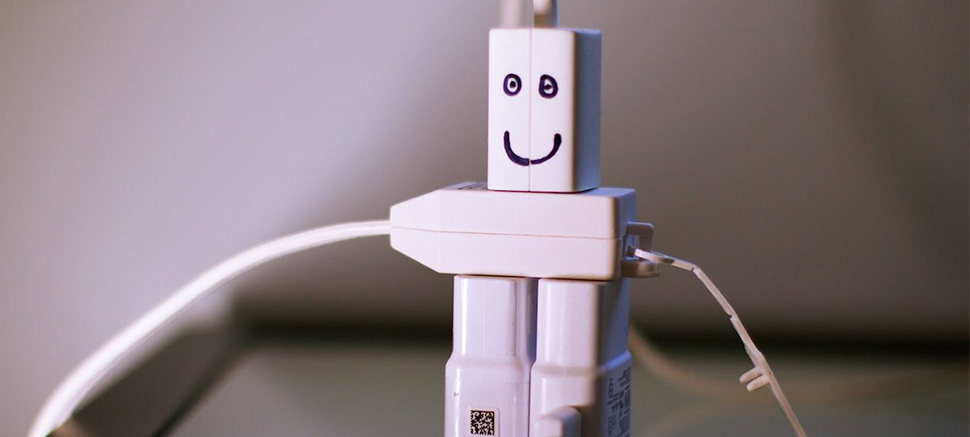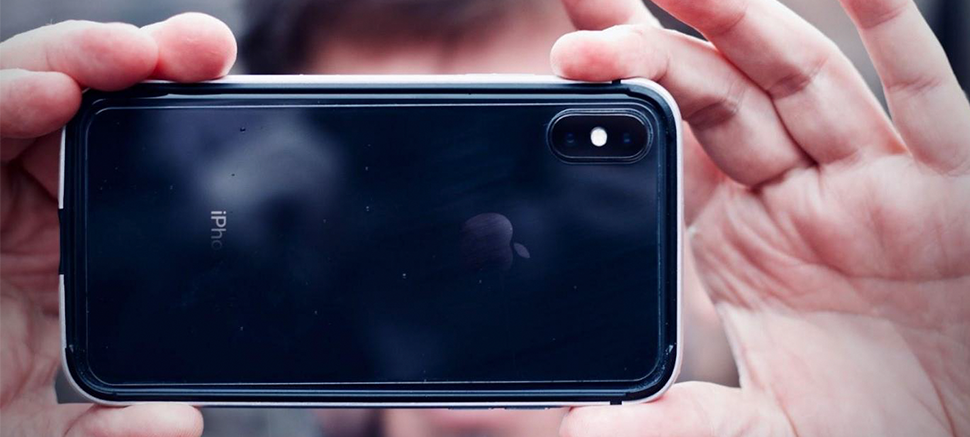Charging has evolved from tangled cords to sleek pads and magnetic docks. But as wireless charging vs. wired charging becomes a daily debate, many users wonder: which one is actually better for performance, convenience, and battery life?
Whether you’re using a wireless charger vs. wired connection for your iPhone or Android, understanding their mechanics, pros, and limitations can help you charge smarter—not harder.
Let’s explore how each method works, what real-world tests say, and how you can make the most of both.
How Wireless Charging and Wired Charging Work
Both charging methods deliver power to your device—but the way they do it is entirely different.
Wired charging relies on direct electrical current. When you plug a cable into your phone’s port, electricity flows from the charger’s adapter straight to the battery through physical connectors. This direct transfer minimizes energy loss, making it efficient and stable.
Wireless charging, on the other hand, uses electromagnetic induction. A charging coil inside your phone receives energy from a coil inside the charging pad. The pad creates a magnetic field, and your phone converts that field into electrical energy that charges the battery.
In essence:
- Wired charging: Direct current, faster and more stable.
- Wireless charging: Inductive power transfer, slower but more convenient.
This difference forms the foundation of the wired charging vs. wireless charging debate—speed versus convenience.
Wireless Charging vs. Wired Charging: What’s the Difference
The differences between wireless charging vs. wired charging go beyond speed. They touch on efficiency, compatibility, heat management, and long-term battery health.
| Feature | Wired Charging | Wireless Charging |
|---|---|---|
| Speed | Usually faster (up to 20–100W) | Typically slower (7.5–15W) |
| Convenience | Requires cable | Just place on pad |
| Port Wear | Can damage over time | No physical wear |
| Heat | Less heat loss | More heat, can affect efficiency |
| Mobility | Limited by cable length | Easy pick-up-and-go |
| Compatibility | Works with all devices | Must support Qi or MagSafe |
In everyday life, wireless charger vs. wired scenarios depend on context. If you’re in a hurry, a cable is still king. But for overnight charging or desk setups, wireless pads offer unmatched simplicity.
This leads many users to mix both depending on the moment—especially with MagSafe technology making wireless charging vs. wired iPhone performance nearly identical under moderate loads.
How Fast Are Wireless and Wired Chargers in Real Tests
Now, let’s move from theory to performance.
When comparing what is faster wireless charging vs. wired, the results are consistent across major brands.
In real-world tests with devices like iPhone 14, Samsung Galaxy S24, and Pixel 8:
- A 20W wired charger fills an iPhone 14 from 0% to 50% in about 30 minutes.
- A 15W wireless charger takes around 50–55 minutes to reach the same level.
- At full charge, the wireless method usually takes 1.5× longer.
That’s because energy loss occurs during inductive transfer. Around 20–30% of the power is lost as heat.
However, modern technologies like MagSafe and Qi2 are closing this gap fast. Many wireless chargers now optimize energy flow based on device temperature and voltage feedback.
For users who prioritize speed and efficiency, wired remains the go-to. For those valuing aesthetic convenience and port longevity, wireless is becoming increasingly practical.
How to Choose Between Wireless vs. Wired Charging
Choosing between wireless charging vs. wired depends on your lifestyle and device habits. There’s no one-size-fits-all answer—but there are smart ways to decide.
1. Consider your charging routine
If you often charge overnight or during work, wireless pads reduce cord clutter. But if you travel or charge in short bursts, wired makes more sense for speed.
2. Look at device compatibility
Not all phones support wireless charging. Older iPhones (pre-iPhone 8) and budget Androids may only allow wired.
Meanwhile, all recent iPhones from 8 to 16 support Qi and MagSafe—making wireless charging vs. wired iPhone a valid choice.
3. Assess environment and safety
Wireless chargers generate more heat. Use them in ventilated areas, and avoid stacking cases or metal accessories on pads.
4. Evaluate charger quality
Veger specializes in portable chargers and high-capacity power banks designed for safe, efficient, and convenient charging anywhere you go. Their products feature advanced battery management systems, multi-protect safety circuits, and fast-charging compatibility for both iPhone and Android devices. Whether you’re powering up during travel or extending battery life on busy workdays, Veger provides reliable energy without compromising on portability or style.
How to Optimize between Wireless and Wired Charging
Switching between charging modes can extend battery life—if done correctly. Here’s how to optimize for efficiency and longevity:
1. Use wired for quick top-ups, wireless for maintaining charge.
Fast wired charging generates brief bursts of heat. Use it to recover battery quickly (20–80%), then switch to wireless for gentle overnight charging.
2. Keep chargers cool.
Temperature is the silent battery killer. Whether wired or wireless, keep your device off beds, couches, or direct sunlight while charging.
3. Avoid charging to 100% every time.
Most battery experts recommend keeping charge levels between 20–80% for maximum cycle health.
4. Enable smart battery features.
iPhones, for example, have “Optimized Battery Charging,” which learns your schedule and slows down charging past 80% when plugged in.
5. Choose chargers with protection features.
Veger integrate voltage regulation, thermal sensors, and multi-protect circuits that adjust power dynamically—ideal for both wireless charging vs. wired users. By managing your habits and tools, you can combine both charging types to achieve fast, safe, and battery-friendly performance.
By managing your habits and tools, you can combine both charging types to achieve fast, safe, and battery-friendly performance.
FAQs about Wireless Charging vs. Wired
Is wireless charging better for battery health?
Not necessarily. Both wired and wireless charging are safe if used properly. Wireless charging may generate slightly more heat, which can affect battery longevity, but using certified chargers and avoiding overheating ensures both methods are safe.
Why does wireless charger heat more than wired?
Wireless charging transfers energy via electromagnetic induction, which is less efficient than wired charging. The extra heat comes from energy loss during this conversion. Proper alignment, removing thick cases, and using quality chargers help reduce heat.
Can I use wireless and wired interchangeably?
Yes, but be mindful of timing. For example: Use wired when you need to recharge quickly (morning rush). Switch to wireless for slow, steady top-ups at work or bedtime.
Avoid keeping both connected at once; this confuses your phone’s charging circuit and can increase wear.
Should I leave phone on wireless charger overnight?
It’s generally safe with modern phones. Features like optimized charging and temperature-controlled chargers reduce stress on the battery. Keep the charger in a cool area for best results.
Conclusion
When it comes to wireless charging vs. wired charging, the best choice isn’t about which one wins—it’s about when to use each.
Wired charging remains unbeatable for raw speed, travel convenience, and reliability.
Wireless charging shines in daily routines, offering effortless placement and long-term port protection.
The future, though, is hybrid—mixing both for ultimate flexibility. With innovations like Qi2, MagSafe, and GaN technology, the difference between what is faster wireless charging vs. wired will continue to shrink.
For users who want both speed and safety, Veger provides intelligent charging solutions—from ultra-slim wireless power banks to fast wired portable charger—engineered to deliver efficient, low-heat energy anywhere you go.
In the end, the smartest way to charge isn’t choosing sides; it’s optimizing both.
Charge smart, stay powered, and let your devices—and your day—run smoother.




